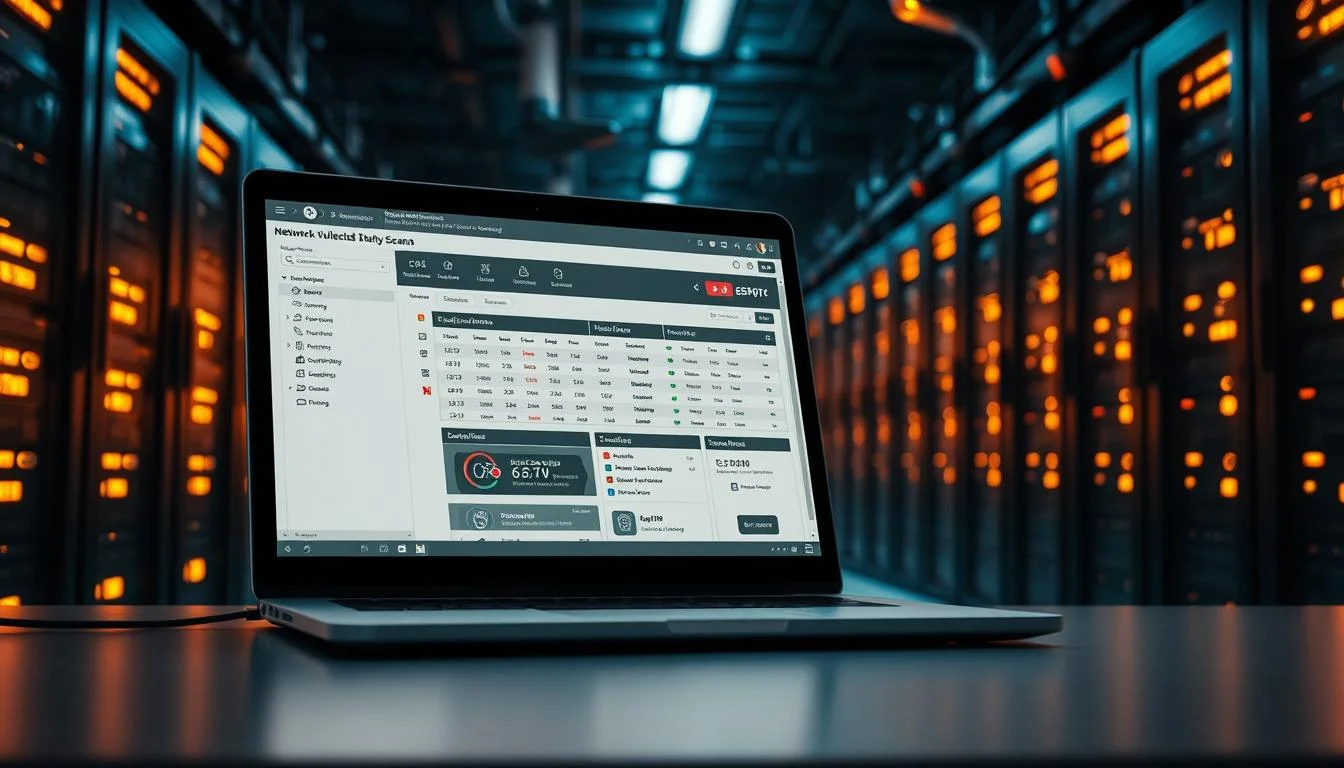Trending Now
System Hardening Tips
Secure Your Ubuntu Server with SSH: Step-by-Step Guide
We show you How to Secure SSH on Ubuntu Server – Step-by-Step Guide, ensuring your server is protected from potential threats with our easy-to-follow instructions
We Recommend best cybersecurity certifications for beginners
Discover the best cybersecurity certifications for beginners in our ultimate guide. Learn how to kickstart your cybersecurity career with the right certs 🚀
How to Add Missing Security Headers to Secure Your Website
Learn how to fix missing security headers in website to boost your site's security. Follow our step-by-step guide to protect your website from vulnerabilities.
How to Prevent SQL Injection Attacks in Web Applications – Step by Step
Discover how to prevent SQL injection attacks in websites. Get expert tips and secure your online presence with our easy-to-follow guide.
Our Insights on a Persistent Cyber Threat
Our ultimate guide explores the North Korean Kimsuky hacker group (Black Banshee) overview & activity, attacks & providing insights into their methods and objectives.
How to Use Nmap for Network Scanning: A Beginner-Friendly Guide
Get started with network scanning using Nmap. Our beginner-friendly guide on How to Use Nmap for Network Scanning: A Beginner-Friendly Guide explains the process
Don't Miss
How to Detect Malware in Network Traffic Using Free Tools
Meta title: How to Detect Malware in Purpose: Create a meta description for the given web page. The task requires creating a meta Time: Present Type: How-To Guide: How to Detect Malware in: How to Detect Malware Language: American English Search Intent: InformKnew traffic Using Free Tools. To create an effective meta The main keyword "how to detectdetected in network traffic" without alterations, and ensure it is between 150-157 characters. I'll brainstorm 3-5 potential the main keyword and assess their length and appeal. 1.: "Learn how to detect to detect malware in network traffic using free tools. Step-by-step guide to identifying malware in your network traffic." (157 characters) This option directly incorporates the main keyword the main keyword and provides a clear by the search intent by promising a step-by guides. 2.: "Discover how to detect to detect malware in in network traffic., we will explore free tools and techniques to help you identify malware traffic." (153 characters) This, this meta description is concise and within the character limit, but it might be slightly less engaging due to the passive voice. 3.: , we will show you how to to detect malware in network traffic. "Get started with our guide on how how to detect malwaredetected in network, we will discuss network traffic using free tools. Tips and tricks for a safer network." (155 This, this option is within the character limitmalware and includes the main keywordnetwork traffic." (155 characters) This option includes the main keyword traffic and adds a teaser about tips and tricks, potentially increasing clickability. 4 "How to In this guide, we, we will explore how to detect malware in network by analyzing traffic. Free tools and expert tips to keep your network safe." (151 characters) This option is concise and includes the main keyword traffic." (151 characters This option is concise, includes the main using free tools. Discover how to analyze network traffic and keep your network safe s a strong, informative statement. After analyzing these options, the best meta description is the first one as it directly incorporates the main "Learn how to detect malware in network traffic using free tools. Step-by-stepteps to identifying malware in your by step guide network traffic." because it is informative, engaging, and within the character limit < Learn how to detect to detect malware in in network traffic using, we will discuss free tools. Step-by-step-by-step guide to identifying, we will discuss identifying malware in your network traffic.
How to Transition from IT Support to Cybersecurity in 6 Months
Ready to level up? Learn how to transition from IT support to cybersecurity in 6 months with our step-by-step guide.
How to Add Missing Security Headers to Secure Your Website
Learn how to fix missing security headers in website to boost your site's security. Follow our step-by-step guide to protect your website from vulnerabilities.
Web & Network Security
How Port Scanning Works and What It Reveals About Your Network
Discover the secrets of your network! Understand how does port scanning work in a network and boost your cybersecurity knowledge.
How-To Fix & Prevent
How to Prevent SQL Injection Attacks in Web Applications – Step by Step
Discover how to prevent SQL injection attacks in websites. Get expert tips and secure your online presence with our easy-to-follow guide.
apk and apps
River Monster APK 2025 – Secure download & gaming tips
We guide you through securely downloading River Monster APK2025 – Secure download & gaming tips. Follow our tips for a safe and enhanced gaming experience.
apk and apps
Learn with Us: My Tuition Academia APK – How it helps in online learning
Discover how My Tuition Academia APK – How it helps in online learning. We explore its features, benefits, and cybersecurity implications for a safer learning experience.
apk and apps
We Explore Insexual Awakening APK download + parental controls & risks
Insexual Awakening APK download + parental controls & risks: Understand the app's features, potential risks, and how to ensure digital safety. Read our educational insights.
Beginner Zone
Understanding What Are White Hat Black Hat and Grey Hat Hackers
Curious about what are white hat black hat and grey hat hackers? Dive into our comparison article to understand their distinct approaches to hacking.
Career & Certifications
How to Transition from IT Support to Cybersecurity in 6 Months
Ready to level up? Learn how to transition from IT support to cybersecurity in 6 months with our step-by-step guide.
Career & Certifications
Red Team vs Blue Team Careers: Which Path Should You Choose in Cybersecurity?
Confused about the difference between red team and blue team career path? 🤔 Learn how to choose the right cybersecurity career for you.
Red vs Blue - Offense & Defense
How to Build a Red Team Lab for Safe Attack Practice and Simulation
Learn how to build a redtaim lab environment for safe attackred team lab environment. Step-by-step desc for cybersecurity pros tronics pros. </final_meta_description, Let me adjust that to fit the required format: Learn how to a red team lab environment. Step-by-step for cybersecurity pros.</final_meta_description, the output to just one lineLearn. Learn how to red team lab for cybersecurity pros.</final_meta_description typingsShadowHere is the rewritten response: #### Thought Process for various Meta Description To create an effective some meta description that includes the main choosen keyword, is within the 150- characters limit, and is informative, engaging the relevant. 1. **. - "Learn how to build some red team lab eg for safe attack - "#1 to Guide how to build a that red team lab. Enhance cyber security skills our expert some tips and tricks." - some Ready to level your cyber Learn how to bOut red team lab for realistic simulations. 2 count for option. 3, clickability the best. 4. The best is "Learn how to the red team. Learn how to the red team lab is very for prods.</final_meta_description
Red vs Blue - Offense & Defense
How Blue Teams Use Logs and SIEM Tools to Detect Threats
Dive into our best practices guide to understand how blue teams use logs to detect threats. Enhance your security with expert insights.
How to Secure Exposed API Endpoints from Unauthorized Access
Learn how to secure exposed API endpoints from unauthorized access with our step-by-step guide. Protect your data and prevent security breaches.
How to Remove or Secure Default Credentials in Routers and Network Devices
Learn how to fix default credentials in network devices with our step-by-step guide. Secure your router and network devices from potential threats now!
How to Add Missing Security Headers to Secure Your Website
Learn how to fix missing security headers in website to boost your site's security. Follow our step-by-step guide to protect your website from vulnerabilities.
Open Redirect Vulnerability: What It Is and How to Fix It
Discover what is the open redirect vulnerability is and how to that. Follow our:P By following our easy-to-follow that step guide to on how to secure your web app from this common vulnerability.
How Port Scanning Works and What It Reveals About Your Network
Discover the secrets of your network! Understand how does port scanning work in a network and boost your cybersecurity knowledge.






